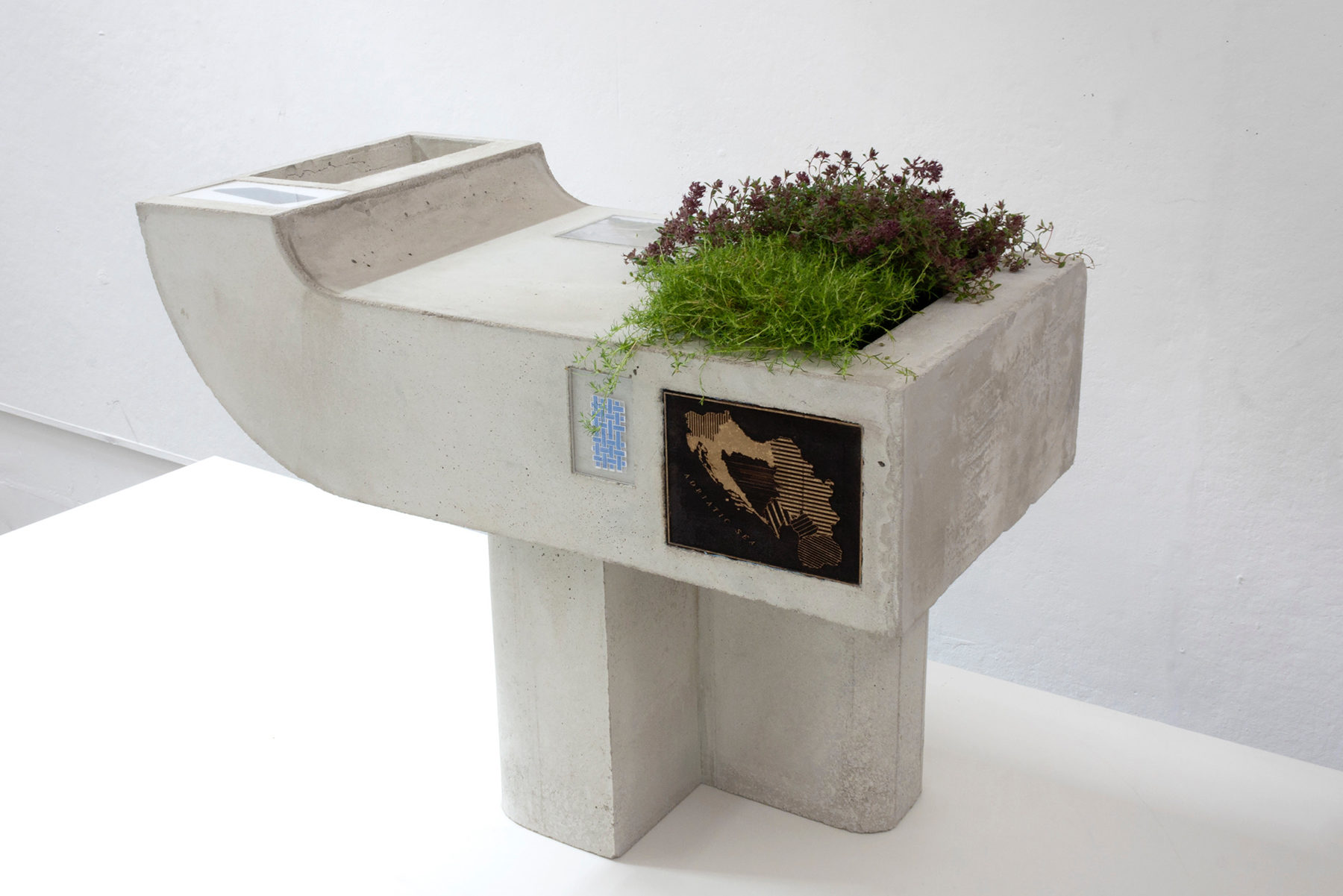Katarina Burin: Irrational Attachments
January 15, 2020–
March 14, 2020
Installation view of Katarina Burin: Irrational Attachments, 2020 in PCG's Reilly Gallery.
Katarina Burin: Irrational Attachments
January 15, 2020–
March 14, 2020
Reilly Gallery, Smith Center for the Arts
Exhibition Opening Details
Artist Talk & Public Reception:
Wednesday, January 15, 5pm
Reilly Gallery, Smith Center for the Arts
About the Exhibition
Katarina Burin: Irrational Attachments is a continuation of PCG’s Beyond Bauhaus program, a more than yearlong series of exhibitions, publications and commissioned installations featuring contemporary artists whose studio practices register with the history and concerns of Bauhaus (1919-1933), the German art school so influential on modern art, architecture, craft, design and education.
Katarina Burin uses a variety of sources and techniques—from sculpture and spatial interventions to historical fiction conveyed with mixed media visual art and text—to explore the ways modernism has profoundly influenced the built environment, especially that of Central and Eastern Europe. Featuring entirely new work, Irrational Attachments in PCG’s Reilly Gallery includes models, assemblages and sculptural objects informed by the architecture and infrastructure of public spaces of the former Eastern Bloc. Positioned throughout the space, concrete fragments make up tableaus of furniture-like anti-monuments, or in the artist’s words “monuments to the banal.” Form blurs with function. Inscriptions of language meet pure abstraction. Smooth concrete surfaces abut natural terrain, as bits of greenery peek out to show signs of life in an otherwise abandoned scene. Referencing architectural and design histories, photographic documentation and her own memories, Burin accumulates these elements into a total artwork reminiscent of plazas common in former Soviet Bloc countries.
Katarina Burin: Irrational Attachments is organized by Jamilee Lacy, PCG Director & Chief Curator.
Supporters
Support for the exhibition and publication as part of the Beyond Bauhaus series is generously provided by The Andy Warhol Foundation for the Visual Arts and Providence College’s School of Arts & Sciences and Department of Art & Art History.
Installation Images
-
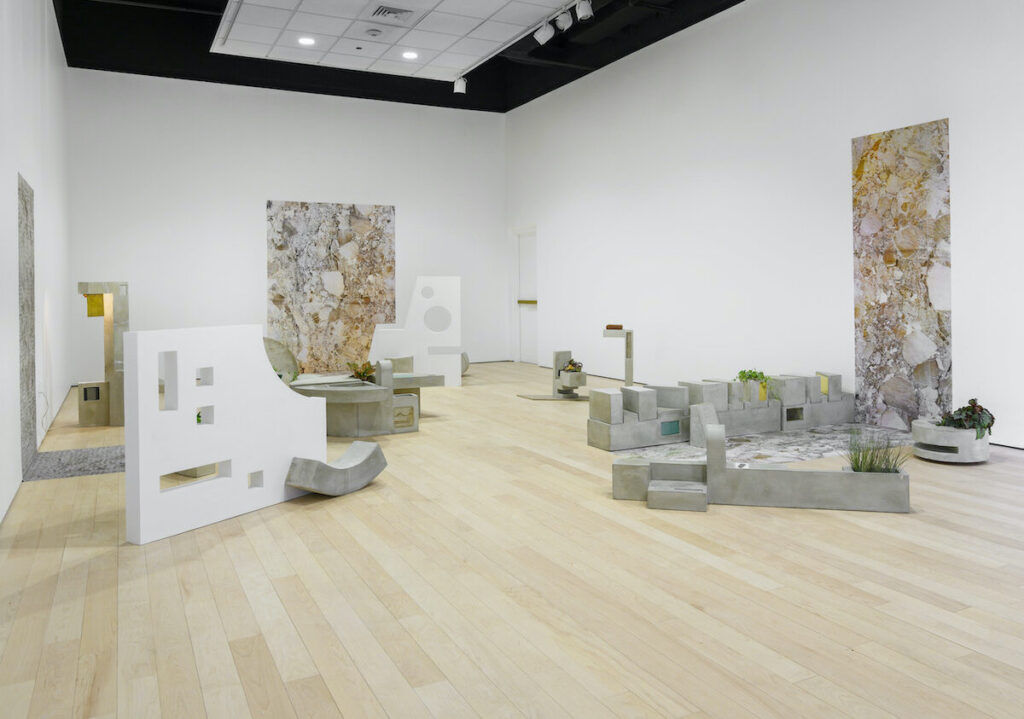
Installation view of Katarina Burin: Irrational Attachments, 2020 in PCG's Reilly Gallery. -
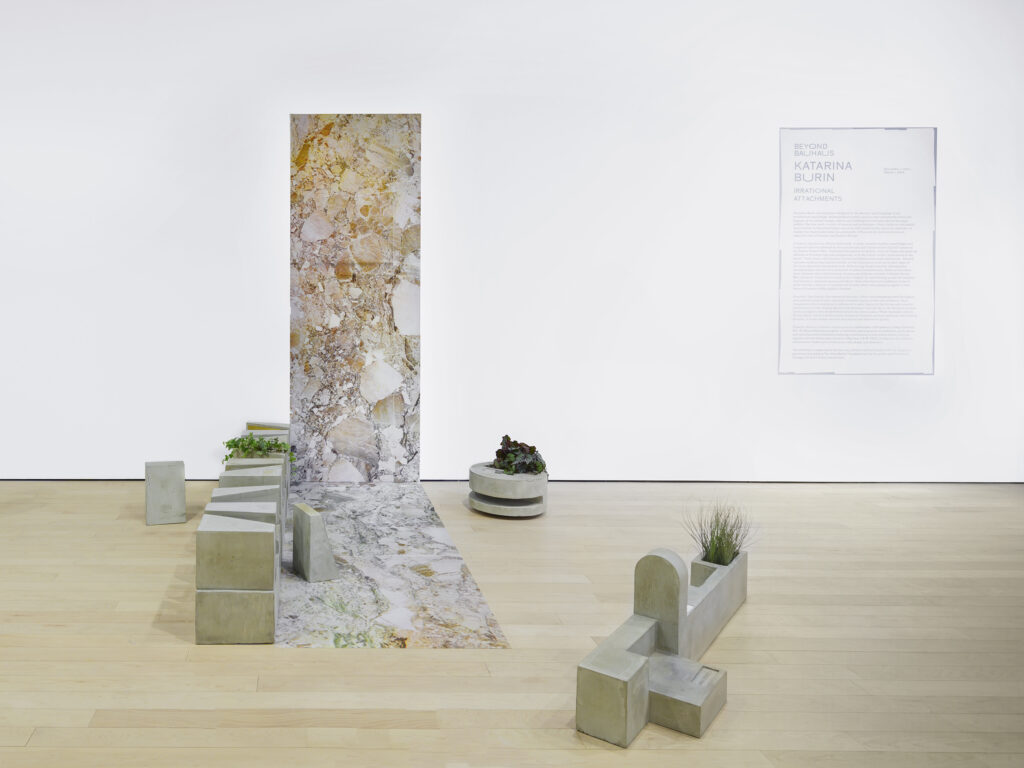
Installation view of Katarina Burin: Irrational Attachments, 2020 in PCG's Reilly Gallery. -
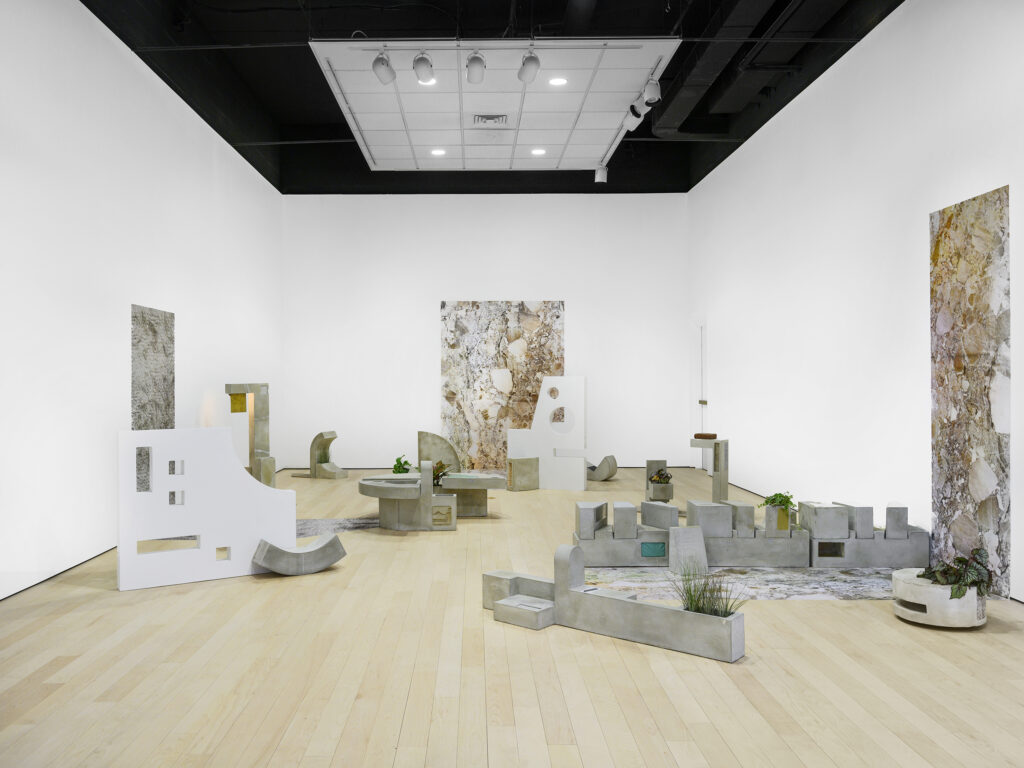
Installation view of Katarina Burin: Irrational Attachments, 2020 in PCG's Reilly Gallery. -
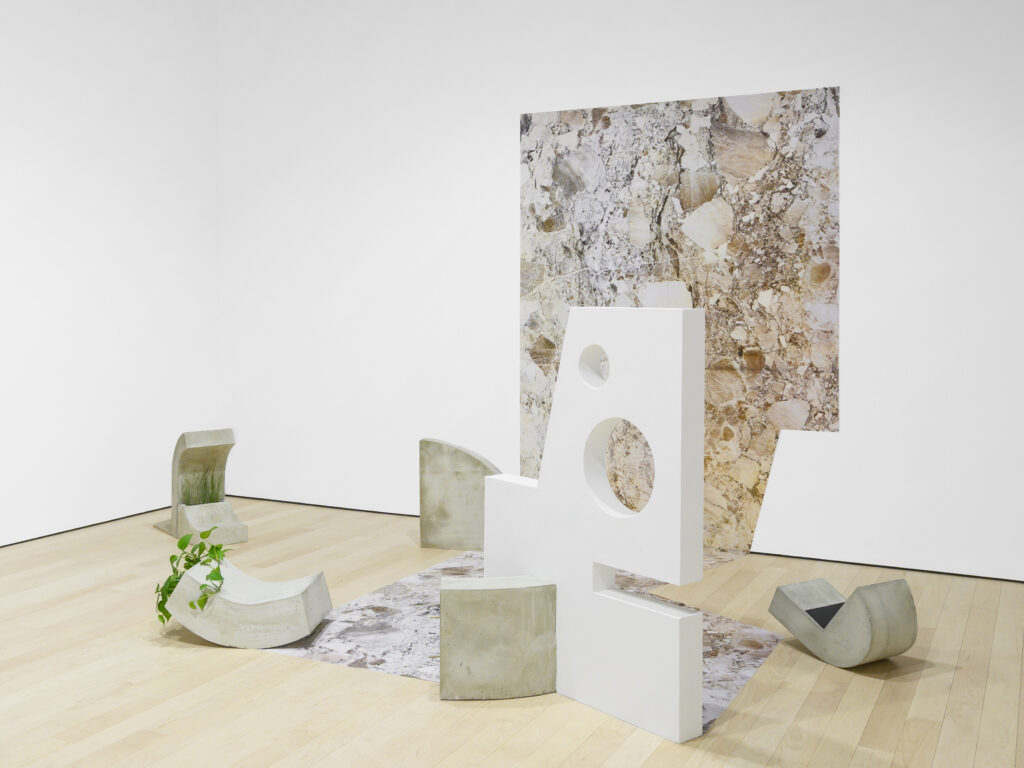
Installation view of Katarina Burin: Irrational Attachments, 2020 in PCG's Reilly Gallery.
Exhibition Images
-
view
Installation view of Katarina Burin: Irrational Attachments, 2020 in PCG's Reilly Gallery. -
view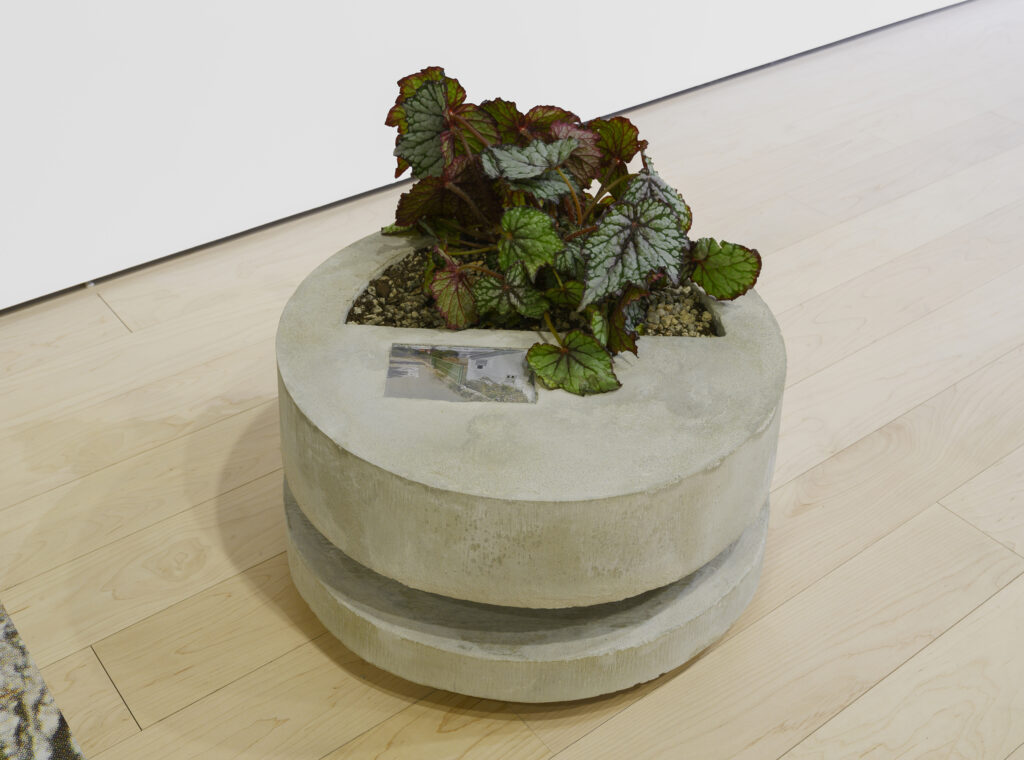
Installation view of Katarina Burin: Irrational Attachments, 2020 in PCG's Reilly Gallery. -
view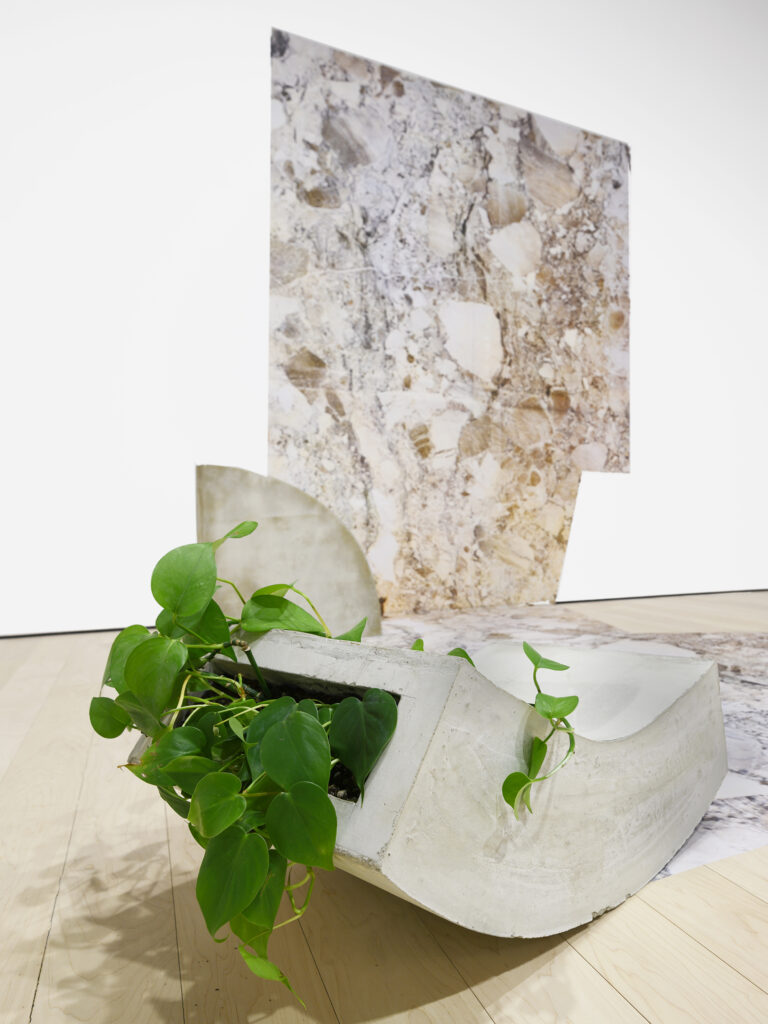
Installation view of Katarina Burin: Irrational Attachments, 2020 in PCG's Reilly Gallery. -
view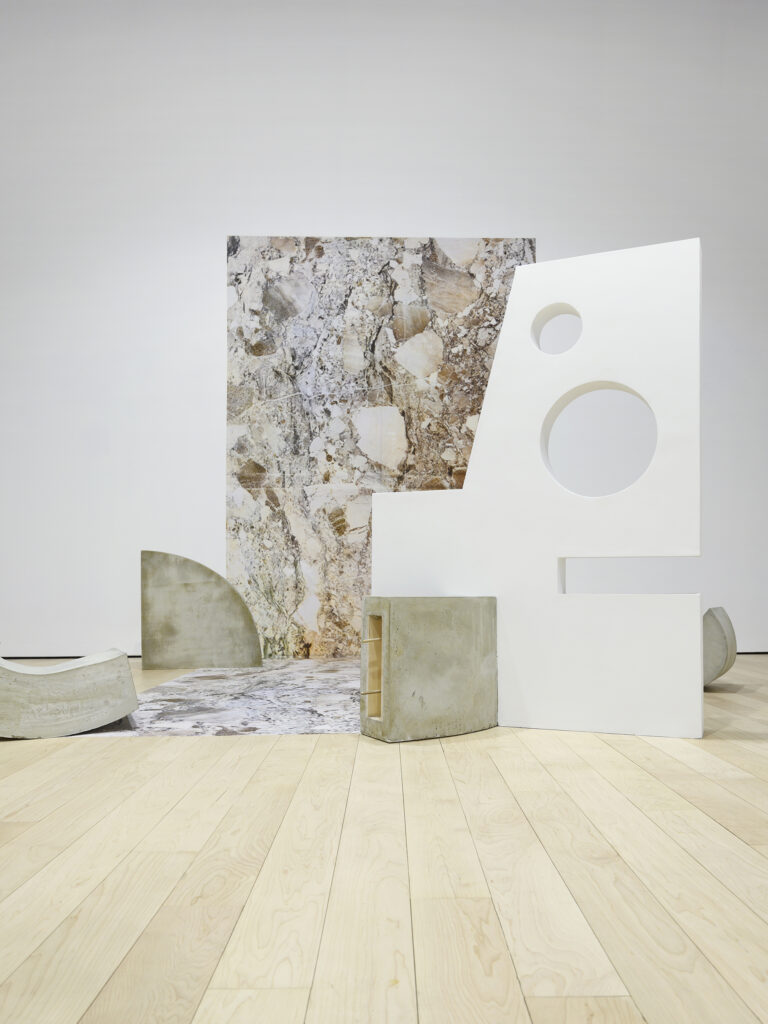
Installation view of Katarina Burin: Irrational Attachments, 2020 in PCG's Reilly Gallery. -
view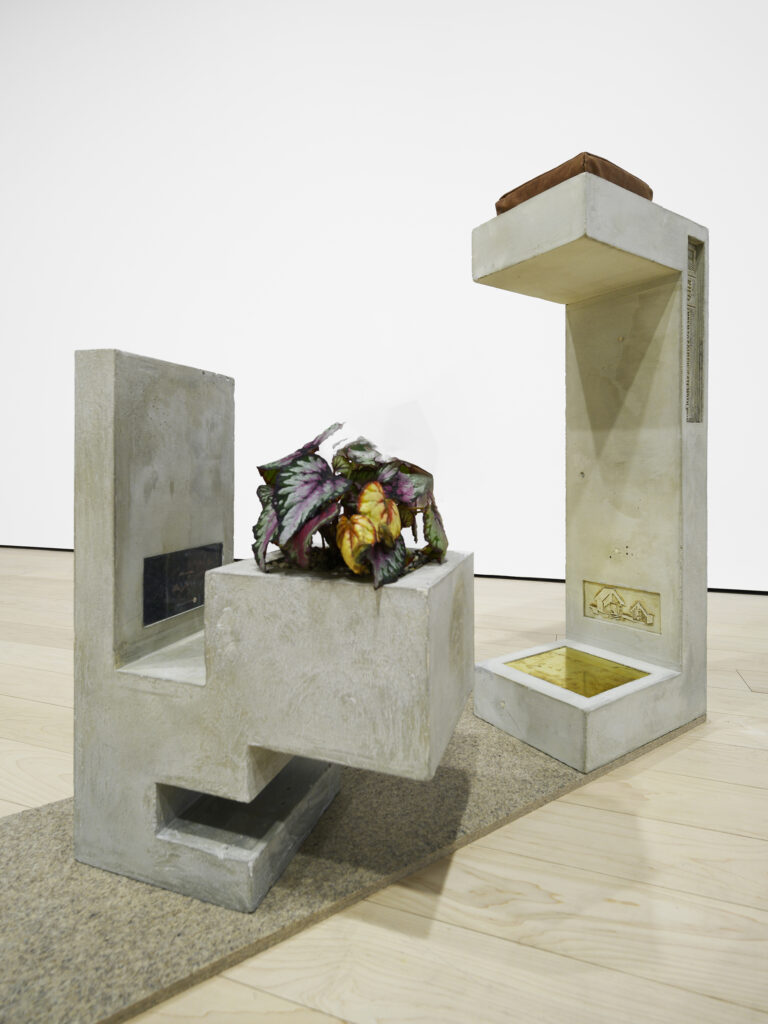
Installation view of Katarina Burin: Irrational Attachments, 2020 in PCG's Reilly Gallery. -
view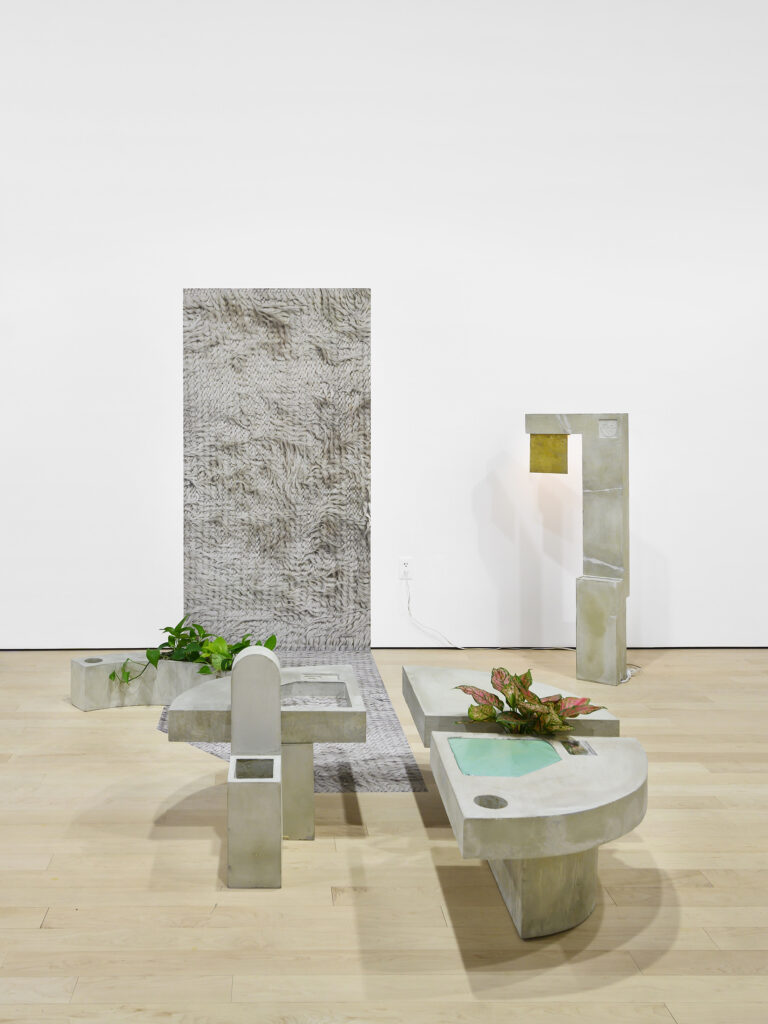
Installation view of Katarina Burin: Irrational Attachments, 2020 in PCG's Reilly Gallery.

